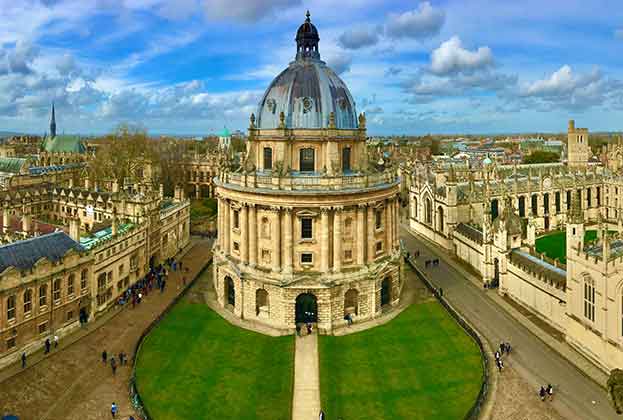Attention into the sector is growing quickly but funding has been growing faster
The life sciences industry receives its funding from myriad different sources from government grants to philanthropic initiatives to private equity to VC. Flows of capital, particularly VC, are a good indicator of the places that matter for to the sector.
Global VC investment into life sciences topped $54 billion in 2020, an increase of 69% over 2019 volumes. This has outpaced total VC investment growth, which rose by 14% in 2020 to $335 billion.
In the past five years, VC investment into life sciences has grown by 200% (see chart, below). This influx of funding into life sciences has been used to develop new technologies and therapies which will be used to help tackle the problems facing humanity today and in the future.
Industries receiving the lion’s share of investment over the past five years are biotechnology, drug discovery, and pharmaceuticals. Investments into these sectors are driving innovation in the life sciences industries.
VC is a good lead indicator of where investment into people and property is likely to follow. In 2020, VC investment into life sciences in the 20 Savills Science Cities accounted for 60.3% of total VC investment into the sector globally.
The San Francisco Bay Area leads the pack in VC investment volume with $9.4 billion invested in 2020, both because of the volume of innovation in the area and because it is the largest geographic area covered in the analysis (although this is dwarfed by the $35 billion invested into tech the same year, for which the area is best known). Boston and Shanghai complete the top three with $7.8 billion and $4.2 billion VC investment into life sciences in 2020.
While the Bay Area leads in VC investment volumes, Boston comes first in the amount of VC per deal with an average of $53 million per deal. Deals of this magnitude demonstrate investor confidence in the Boston life sciences industry and the innovation it produces.
Philanthropy also plays a large role in research and development of therapies, especially for underserved populations and geographic regions. Leading global health philanthropy is the Bill and Melinda Gates Foundation, which gave $1.475 billion in 2019 in grants for global health initiatives, more than the WHO budget for universal healthcare programmes in 2021. In 2019, global health grants accounted for 29% of the Foundation’s spending, a percentage likely to have increased in 2020.
Combined, our Science Cities received 2,408 grants from the Gates Foundation in the last 10 years. Seattle, home of the foundation, received the most grants for health programmes with 453, followed by New York, and London with 426 and 316 respectively.
The combination of VC, philanthropy, and other funding into Science Cities will continue to drive innovation and the search for solutions to global health problems.
Read the articles within Report: Science Cities below.
.jpg)





